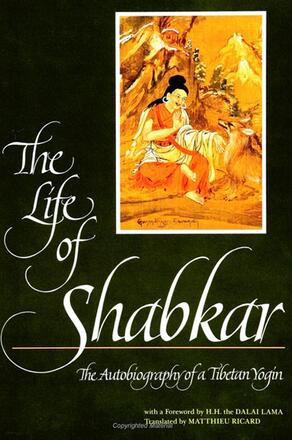
The Life of Shabkar
The Autobiography of a Tibetan Yogin
Alternative formats available from:
Description
The Life of Shabkar has long been recognized by Tibetans as one of the master works of their religious heritage. Following his inspired youth and early training in his native province of Amdo under the guidance of several extraordinary Buddhist masters, Shabkar Tsodruk Rangdrol devoted himself to many years of meditation in solitary retreat. With determination and courage, he mastered the highest and most esoteric practices of the Tibetan tradition of the Great Perfection. He then wandered far and wide over the Himalayan region expressing his realization. His autobiography vividly reflects the values and visionary imagery of Tibetan Buddhism as well as the social and cultural life of early nineteenth century Tibet.
Reviews
"It is alive, a tale with compelling magical adventures, the force of narrative, and great variety. "—Steven D. Goodman, Institute of Buddhist Studies, Graduate Theological Union, Berkeley
"This is an accurate, readable translation of an important Tibetan autobiography, rich with details about Tibetan culture, religion, attitudes, and practices. "—Janet Gyatso, Amherst College